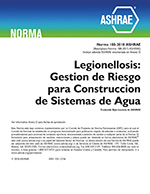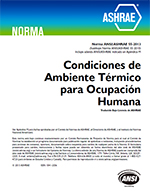Description
The U.S. Department of Defense (DOD) has set aggressive building energy performance goals to comply with the requirementsof the 2007 Energy Independence and Security Act (EISA 2007), and is introducing state-of-the-art technologies into itsnew building design and building upgrade programs. A key part of this strategy is the identification, proof-testing, and introductionof promising new technologies into the building stock that will be needed to achieve mandated energy reduction goals. This articledescribes an attic retrofit strategy using batt and loose-fill cellulose insulation combined with phase-change material (PCM)applied in an existing DOD building. The subject building is located at Fort Bragg, North Carolina, and is a one-story buildingwith ducts in the attic. Originally, the attic contained ceiling insulation and was unconditioned with soffit and gable vents. Theproject consists of three stages. First, the original attic was instrumented with temperature, heat flux and humidity sensors, andmonitored over the heating and cooling seasons. In stage two, the attic vents were sealed and the roof decks, soffits, and gableends were insulated with cellulose insulation. Finally, in stage three, low-cost bio-based PCM mats were installed on the interiorsurfaces of the cellulose insulation at roof decks and gables. Pre- and post-retrofit data are being collected over at least 9-monthperiods for each stage of analysis./p>
Citation: Thermal Performance of Exterior Envelopes of Whole Buildings XIII, Conference Papers
Product Details
- Published:
- 2016
- Number of Pages:
- 11
- Units of Measure:
- Dual
- File Size:
- 1 file , 29 MB
- Product Code(s):
- D-BldgConf16-12




